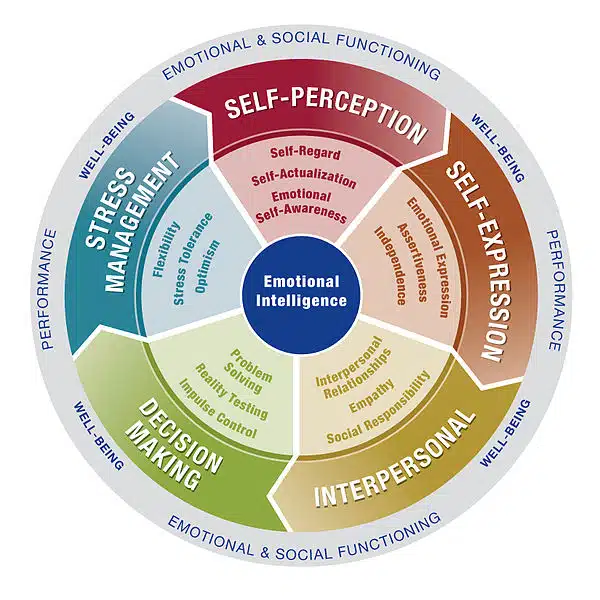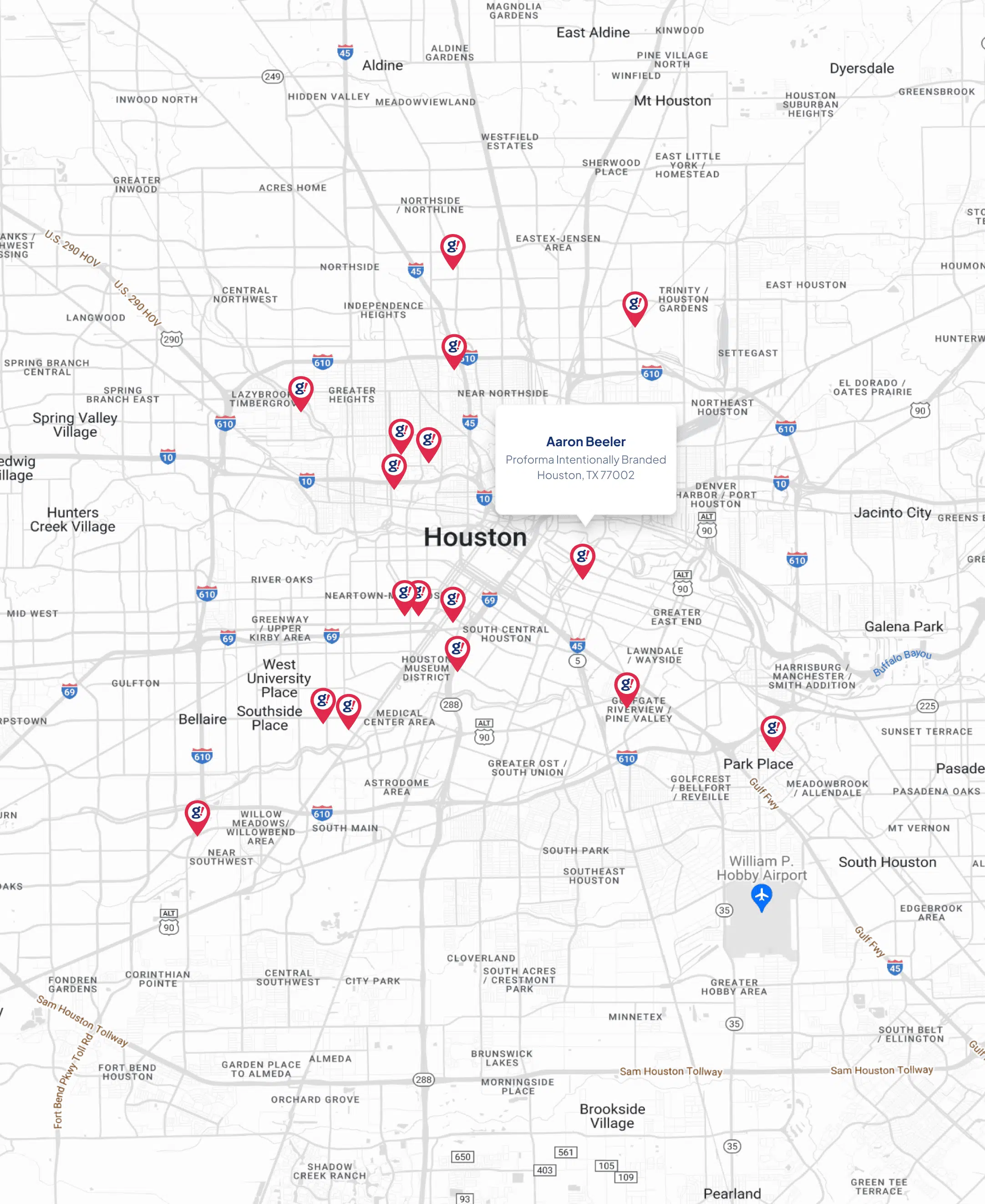Just recently, Instagram introduced its newest feature called Instagram Stories. For everyone who’s been using their mobile device for the past few years, they can immediately connect this new feature as something similar to popular app, Snapchat. This is because Instagram Stories gives its users an avenue where they could share posts at a higher frequency. Instead of the typical Instagram photos being shared, Stories gives users the ability to share little moments that are not necessarily captured on a single photo. After all, there is only very little a photo can tell.
With Stories, Instagram hopes this would answer the common issue of overposting. Since these can be found on another space on the app, users can post as much as they want without worrying about taking over their friends’ feeds. As a marketer, however, how do you take advantage of Instagram’s newest feature? Find out below.
How Instagram Stories Benefits Marketers
Mostly speaking, Instagram Stories is greatly beneficial for marketers who have an active audience base on the app. If you already use Instagram to promote your products and services extensively, you’ll get the hang of using Stories. This is because this new feature allows you to create a light-hearted feed without necessarily starting all over again. You still get to relay your message to your followers but avoid oversaturating them with too many photos you shared.
Another advantage you have over using Stories is that you have more chance of being discovered by other users, particularly the ones you have not yet touched base with. Compared to Snapchat, you won’t have to continually promote your content regularly across other channels in order to be seen by people. With Stories, you have the help of hashtags, geotags, and even the Discover section on Instagram. These tools are specifically there to help increase your chances of being discovered by other users.
Will This New Feature Stick?
Looking at it from an overall perspective, Stories is an entirely different approach compared to Instagram’s photo sharing style. And considering there’s now a demand for transitory content (somewhat similar to Snapchat), Instagram Stories seems to be taking a shot on this new approach. Not to mention, there’s not much thought that needs to be put into Stories compared to a photo.
With this in mind, there’s no saying that ephemeral content would be going away anytime soon; especially since it’s an approach that has become such a success over the recent years. This gives each marketer a chance to take advantage of Instagram Stories as a new way to promote content.
What Type of Content Should You Publish?
As a marketer, you have to remember that the things you publish on your feed have a purpose—to sell your products and services. This is why you should remember to correlate this goal with the content you are sharing with your followers. Here are a few ideas on what type of content would be great to share on Instagram Stories:
- Behind the scenes. Give your followers a look at what goes on in your office and how everyone works together to create a product. This lets your followers develop a deeper understanding of your brand.
- Do a take over. You can partner with another establishment to document how you go about with their business and how they do with yours. This makes your audience interested in what goes on behind your business.
- Poll on the next post. Include your audience in your decision-making process to make them feel more involved in your business.
- Host a Q&A. Your followers love to hear what you have to say about a particular situation or topic. Indulge them.
- Limited sales. If you are having a discount, you can highlight a particular product and let your followers know why they should purchase it.
There are plenty of other things you can post on Instagram Stories. You can try out new things and see whether or not they work for you. The important thing is that you determine your own brand and what works for your own business.








